The need for more mobile facilities led to the development of the Type C disc recorder. In 1939 several Wolseley saloon cars were equipped with these machines for domestic news gathering (see Disc Recorders page for photos of the Type C). A short-wave transmitter could be used for sending material back if no line was available. The equipment could be removed from the vehicle if required, and when Richard Dimbleby visited the Maginot Line it was set up on a truck on the miniature railway that ran through the underground forts.
When the Germans launched their Spring 1940 offensive a car accompanied the British Army to Brussels, then back to Lille, Arras, and Amiens. Correspondents Bernard Stubbs and Edward Ward sent back some recordings through Boulogne and broadcast live from Paris.
Charles Gardner had a second car at Rheims and recorded, for the first time, the sound of falling bombs. Back in England, in July 1940, Gardner recorded a commentary on a battle fought by an RAF squadron against German dive-bombers and supporting fighters. Part of this commentary was used in the nine o'clock news and was criticised by some as trivialising a life-or-death combat, treating it like a sporting event.
Godfrey Talbot's truck "Belinda", used in North Africa, was equipped with the Type C recorder. Even this vehicle proved to be rather too large and too conspicuous for really forward areas, and the need for a truly portable recorder was well demonstrated.

The first photo shows engineer D. H. Farley with one of the vehicles at Delaware Road.
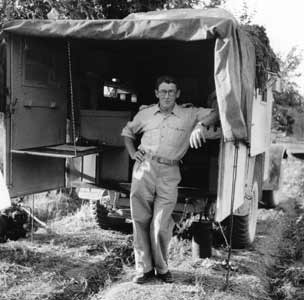
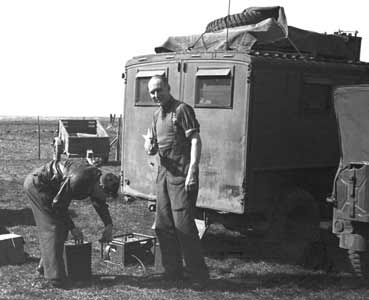
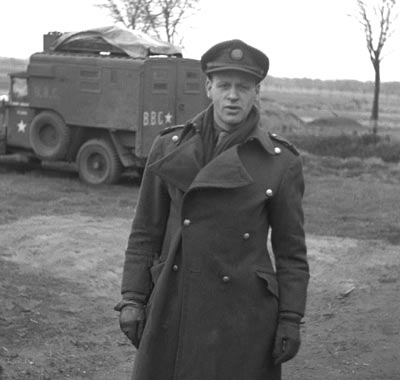
above right: Germany, Spring 1945.
Right: France 1944.
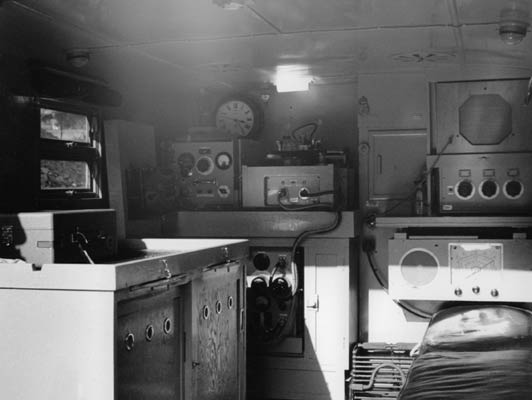
The interior of one of the trucks, showing the Type C
disc recorder. The lathe itself is in the centre of the picture, to the
left is the amplifier unit (in front of the clock) and below the lathe is
the power supply unit. A three channel mixer (type MX/24) is to the right,
with a receiver mounted beneath it.
The Type C Recorder
and the mixer
and the mixer
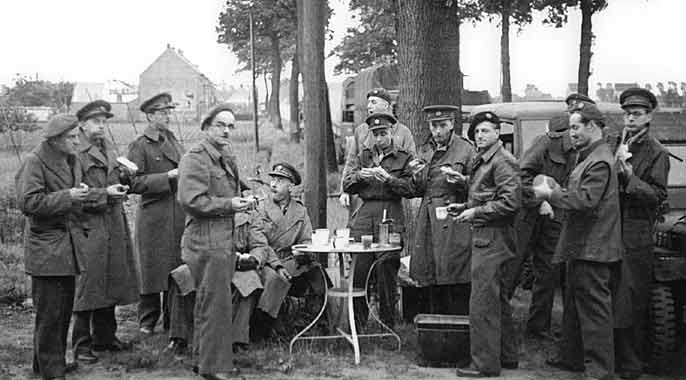
Engineers and drivers returning to the UK shortly after VE day. Probably somewhere in Belgium.

